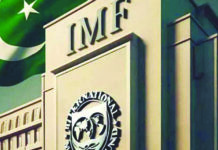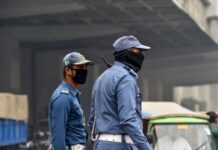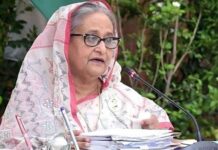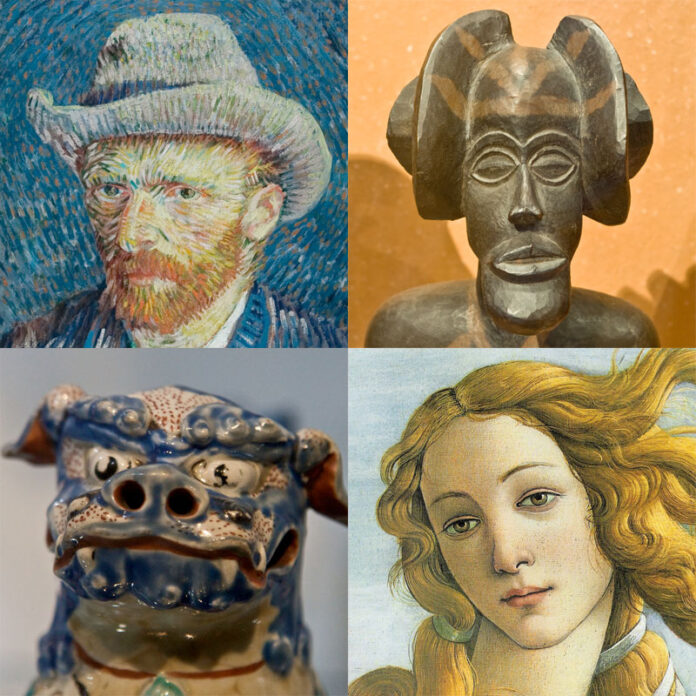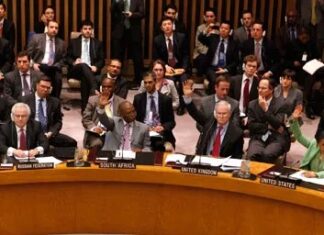Away from the mind-wrecking and never-resolved proverbial ‘Games of Thrones’ of Pakistani politics; it is time to look elsewhere. How the creative art scene has taken on the developments at the highest order, the impact, the ability to narrate, and the red lines where the practitioners of creativity had to stop; if they are interested to be viewed and heard. To have a better comparative picture; it would be opportune to have a casual probe into how the other countries like India, the USA and others have fared in that context.
In the recent past, the controversial banning of the movie Maalik by renowned actor/ bureaucrat and director Ashar Azeem in 2016 made headlines for what the director said ‘an honest portrayal’ of how the country has been managed uptill now. The movie was allowed a running time of a few weeks before the ‘invisible’ hands managed a ban on the piece of creative art. That episode is enough to illustrate the hard fact that while the creative technologies have advanced a lot during the last few decades, the basic rules of business of the governance for the freedom of expression seems to encourage encroachment of space of free speech. The country’s creative scene looks more reminiscent of North Korean society or any Middle Eastern totalitarian regime; on either side of the ideological divide.
Narrowing down specifically to the Pakistani scene; Pakistani creative human assets need to learn or live to learn; as to how they can make their point heard and appreciated. Pakistan might not still be an audience for a direct reference or a direct talk or dialogue in a play. A somewhat cryptic messaging in a metaphorical way might still be the only way out. Invariably, maturity of nations depends upon the quality of literature and creative arts practiced. Art independent of the order of the day might well pave the way for the real change of hearts and minds, if not less….
Here it would be appropriate to pinpoint the unceremonious banning of an Iranian movie by the ‘Irshad’ ministry in 2012, which was allowed to run for a week or so. Zindagi Khasoosi (Private Lives) starring Farhad Aslani and Hanieh Tavasolli, traces a radical politician’s life; who from a vigilante turns into a reformist editor, taking frequent swipes at the system in force in post-1979 Iran. The script and the dialogue, besides the plot, was too much for the censors of that time, forcing the movie to be off the cinemas, only to be seen on YouTube or Namava (Islamist Iran’s answer to Netflix).
The political situation in that nation-state since the controversial 2009 elections and the aftermath, however did force a rethink on part of the key players. The liberalization of the political censors did allow art forms where the ‘clergy’, or ‘Rohani’ as they are referred to in the Iranian society, could be portrayed in an unfavourable light. One such movie Dedaan inn film mamnooh ast (Seeing the movie is prohibited) produced in 2018-19 takes a direct swipe at a drunk son of Ayatollah literally killing a Baseej employee’s expecting wife in a roadside brawl.
The movie shows how the system protects the drunk son and how the somewhat powerless uncle of the affected Baseej employee, a veteran Revolutionary Guard himself, has no option other than an offensive body language by squeezing the hands of the drunk son to get home his point. The movie also shows the system in negative light when the Baseej officer is instead arrested. From Iranian standards, it looks a great leap from the 2012 banning of the much more benign subject of a politician’s private life.
Taking the case of the neighbouring country, the development of democracy in India had its direct bearing on the serious cinema taking on political subjects without fear. The Amir Khan Starrer Rang De Basanti makes a direct hit at the Indian Air Force ‘Flying Coffin’ MiG 21 programme. One of the characters in the movie, an IAF combat pilot loses life when his MiG 21 crashes close to the Hindon/ Palam IAF base, due to a technical glitch in the machine. The background investigations reveal kickbacks at the highest level. That prompts protests; where the slain pilot’s mother, played by Waheeda Rehman, is manhandled and dragged by the Delhi police. That angle of probe can only be dreamt of in the Pakistani or for that matter any other teething democracy.
Pakistanis cannot imagine a similar artistic probe into crashing Chinese versions of MiG jets or faulty secondhand Mirages during much of the early years of the millennium. The above-mentioned movie is only one such instance. Bengali and Tamil cinema has been unforgiving in that context; especially the Bengali cinema portrayal of the Communist insurgency of the 1970s. Similarly, mainstream cinema has been free to take on the subjects deemed sensitive.
The Hollywood movie scene despite its fifth-generation entanglement with the Pentagon, still gathers courage to call a spade a spade. The Shooter (2006), taking on the subject of a sniper exploited by men in uniform and politicians alike, is a case in this regard. The internal machinations portrayal can be termed as maturity of the system. Likewise, the depiction of assets gone berserk like the Hulk movie series (no resemblance sought for the Pakistani instances) speaks of soul-searching by the system itself. The somewhat propaganda movie, the 2022 version of Top Gun, does not shy away from the incidence of leg pulling within the defence establishment in the USA, where an ace pilot needs to have someone within the established order to save him; even from unceremonious grounding.
Coming back to Pakistan, the only accidental swipe at the establishment earlier than Maalik was made in 1979-80. It was a movie dealing with a fictional military coup. Produced by a diplomat’s son, Jamil Dehlavi, the movie named Blood of Husain discusses a coup responded to in different ways by different individuals. A brother embedded in elite culture follows the established order meekly, while his sibling embedded in masses choses to rebel. The screenplay, a thinly veiled metaphor of the 1977 coup and the events of Karbala in 680 AD/61 AH makes very direct references to the audience. Scenes like the earth shaking and a white stallion; a symbolic reference to the similar animal in historical references, with background recitation of poetry by the late folk singer Reshman, the stallion coming out of the earth surface; literally suggesting an uprising. The movie also offered crisp dialogues and sequences. For obvious reasons, the movie was banned indefinitely by the state of Pakistan. Here it is interesting to note that the director was approached by the then military government in 2001 to make a movie on the father of the nation. The outcome movie Jinnah, which was officially commissioned to be the only piece of art on the founding father.
In the backdrop of local and foreign instances; the creative scene in Pakistan, while degenerating into an endless discussion on divorces, broken homes and rebellion in the households, offers little thought provoking. The depiction of the establishment now and then is more of hardware shots than leaving any questions for the audience. Slow motion shots of swinging rotors of gunship helicopters and unbelievably clean uniforms might not win a convert to the established order.
Narrowing down specifically to the Pakistani scene; Pakistani creative human assets need to learn or live to learn; as to how they can make their point heard and appreciated. Pakistan might not still be an audience for a direct reference or a direct talk or dialogue in a play. A somewhat cryptic messaging in a metaphorical way might still be the only way out. Invariably, maturity of nations depends upon the quality of literature and creative arts practiced. Art independent of the order of the day might well pave the way for the real change of hearts and minds, if not less….



